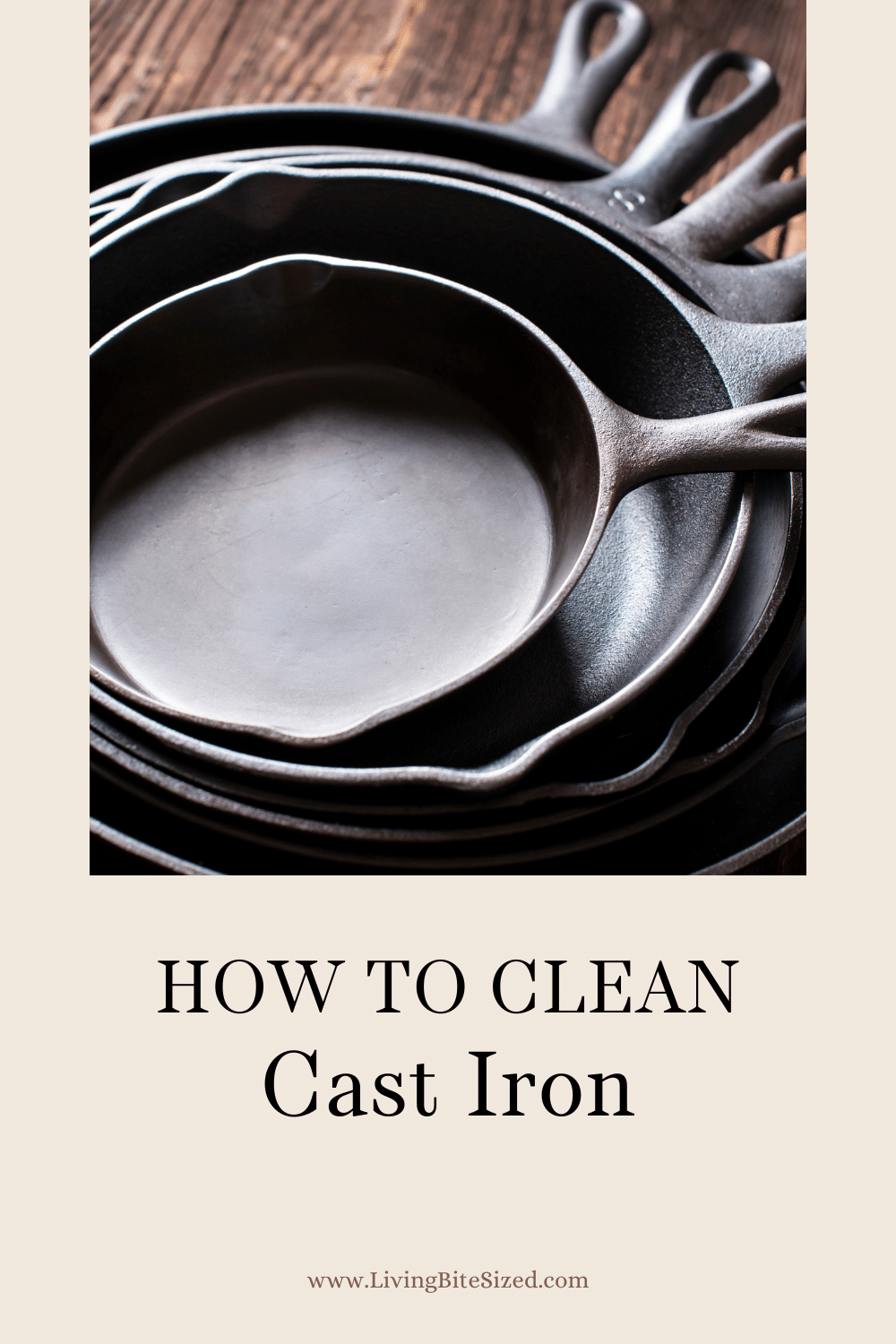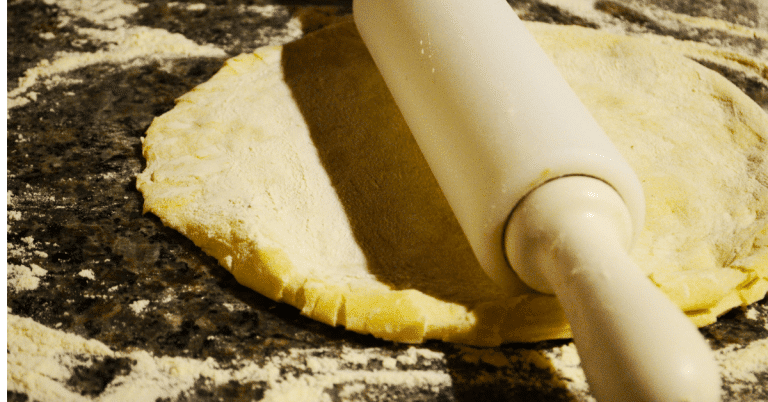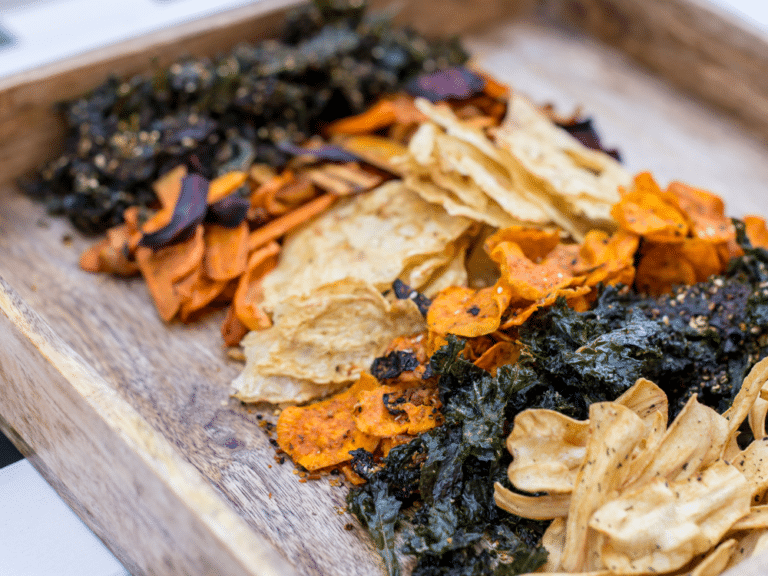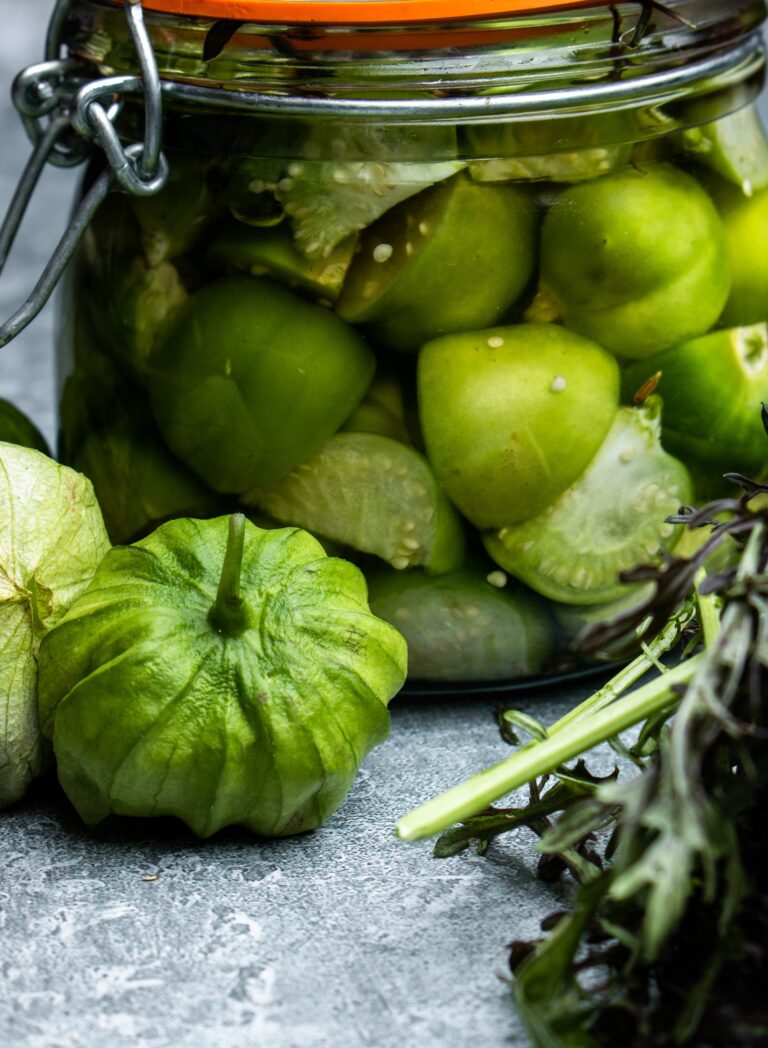How To Clean Cast Iron
This post may contain affiliate links. Read the full disclosure here.
Just scored your first cast iron pan? Or perhaps you’ve been hearing about the perks of cast iron for years and aren’t sure you’re ready to commit? Either way, a lot of people are intimidated by the thought of caring for a cast iron pan. Fortunately, it’s not as difficult as you might think! Cooking with cast iron is a little bit of a learning curve, but once you get used to how to clean cast iron cookware, the benefits are well worth it!

Why use cast iron?
First of all, let’s chat about why cast iron cookware is so great, anyway. What makes it better than other pans or cast iron skillets?
For one, cast iron pans last. If well cared for, they can last a lifetime or longer. Plus, they’re not an expensive investment. You can purchase a Lodge Cast Iron 10.25″ skillet for around $25-$40 either online or locally and use it for many, many years. Or, you may be able to score a great deal on a used one at a garage sale or thrift store!
Not only do they last, but they also get better with time! Each time you cook with your cast iron, you’ll finish using it by scrubbing it, drying it, and then rubbing with oil (keep reading for more detailed usage instructions). The oil seeps into the pan with each use and (when cared for correctly) allows it to become more seasoned and more non-stick with time.
Another benefit of cast iron cookware is that they distribute heat evenly. They heat up to a very high temperature, maintain their heat, and evenly cook your food. Plus, you can even get enameled cast iron or a dutch oven which is a fun way to add some pops of color to your kitchen!
There are SO many different foods and recipes you can cook with your seasoned cast iron! From breakfast skillets to steaks to skillet cookies, you can use your cast iron for nearly every meal!
Lastly, cast iron doesn’t contain some of the harmful chemicals that nonstick pans have, such as perfluorooctanoic acid. For this reason, many people consider it a healthier option.
Cast Iron Skillet Care First Time Use
Before using your cast iron for the first time, you’ll want to give it an initial wash and season it.
- Start by simply washing it with a little bit of soap. You won’t want to use soap every time (in fact, you should rarely have to use it), but adding a bit for the first wash helps remove residue from the factory (or anything else your skillet picked up if you got it used). If there’s rust on your skillet, a stainless steel scrubber can help to remove it.
- After washing, dry the pan thoroughly.
- Next, rub it thoroughly with cooking oil, even the handle. Coconut oil, vegetable oil, or canola oil will do the trick. Make sure that it’s coated and rubbed in thoroughly, without leaving any excess pools of oil.
- Heat your oven to 450 degrees and place the pan upside down in the preheated oven for 1 hour. Turning the pan upside down ensures that no oil pools inside. You’ll want to place an empty baking sheet or piece of foil underneath.
How to cook with cast iron
After the initial seasoning, cooking with your cast iron is easy. There are just a few things to remember.
- Firstly, always preheat your pan before adding food. This helps to prevent food from sticking.
- After the pan is preheated, add a little oil.
- Then, simply add your food and cook!
How to care for cast iron after cooking – everyday cleaning
If the initial seasoning steps seemed intimidating, don’t worry. You shouldn’t have to re-season your pan very often if you care for it correctly after each use. Here’s how to clean cast iron after using it for cooking.
- Rinse your pan with warm water and use a scraper or brush to remove any bits of food that are stuck on it. You do not need to use soap to clean your cast iron on a day-to-day basis.
- If there’s still food stuck on the pan, sprinkle a few teaspoons of kosher salt in the pan with just a few drops of water. This creates a slurry that you can scrub around to help remove those difficult pieces of food. (ps. using steel wool or a scrub brush works wonders!)
- Dry the pan thoroughly with a paper towels. Then, spray or rub a small amount of oil on the pan to coat it. You want to be sure to season cast iron as much as you can.
- Store (always making sure that it’s completely dry first).
Frequently asked questions about how to care for your cast iron
Should you use soap on your cast iron pan?
Though using a mild dish soap to clean your cast iron skillet won’t ruin it, you shouldn’t have to use soap often. Soap is helpful for removing debris during the first wash and seasoning, but after that, a simple scrubber and some water should work just fine.
Using stronger soaps can potentially strip the seasoning from your cast iron pans.
Can you restore an old, rusty cast iron?
Yes! If you score a cast iron skillet at a thrift store, flea market, or garage sale, you can absolutely restore it and remove rust – even if it’s filled with orange rust. Simply scrub it thoroughly with water, a little soap, and an abrasive sponge or steel wool. When the rust disappears, rinse your pan, dry it, and then re-season it (see instructions above).
To prevent rust in the future, be sure to never soak your pan or store food in it. Dry it thoroughly and oil it after each use.
Are there any foods you should avoid cooking in a cast iron?
It’s best to avoid cooking acidic foods on your cast iron, such as tomatoes and vinegar. This is because the acid can loosen small amounts of minerals from your cast iron that can cause your food to have a metallic taste (although it is safe to consume). Acid can also break down the seasoning and therefore reduce the nonstick capacity of your pan.
Additionally, you may also want to avoid foods with strong flavors, such as fish and garlic. These bold tastes and aromas can stick in the pan and you may notice them coming out the next few times you cook.
See our Airstream Remodel Reveal here!





